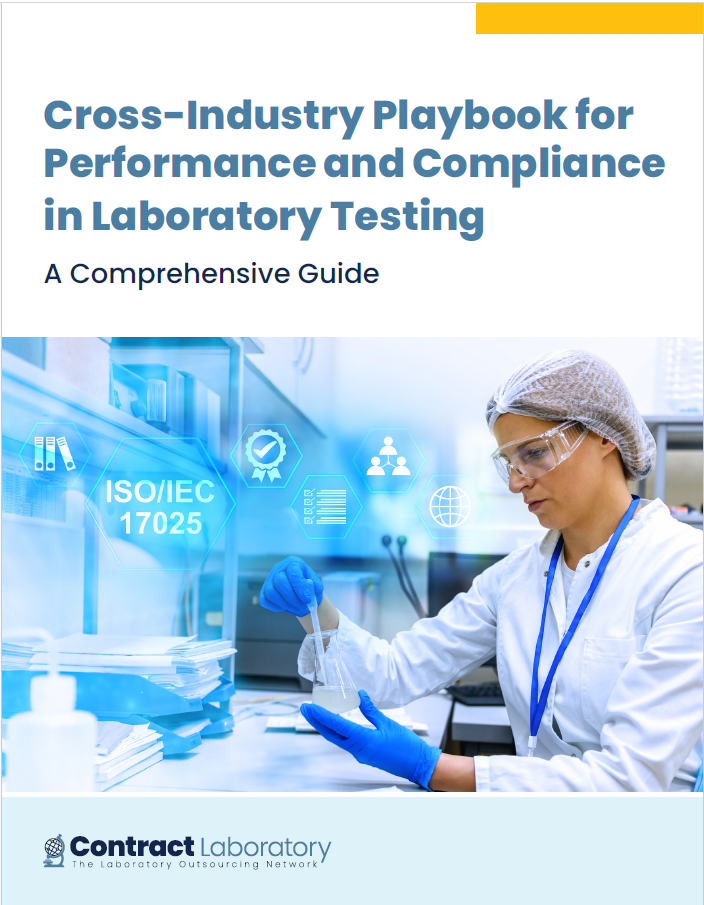Testing in the pharmaceutical and biopharmaceutical sectors is becoming more complex as therapies diversify and regulatory expectations tighten. Advanced Therapy Medicinal Products (ATMPs), such as cell and gene therapies, are particularly reshaping early-stage testing.
Also, regulatory agencies are prioritizing digital traceability, quality system modernization, and fit-for-purpose assays that provide reliable results earlier in development. For labs, this means a shift from traditional endpoint testing toward more integrated, traceable, and data-driven quality control.
Core Trends Reshaping Test Menus
- ATMPs and Potency Testing at Early Development
The EMA now emphasizes that potency assays should be established as early as first-in-human trials. This is a significant departure from historical practice, requiring labs to design fit-for-purpose potency, identity, and chain-of-identity assays during preclinical and Phase I stages.
A lot is changing in consumer products, pharmaceuticals and biopharmaceuticals, environmental testing, metals and mining, food and beverage, medical devices, and cross-industry innovations.
If you are a third-party or contract testing lab, you need to know why the sector is shifting, the core trends reshaping test menus and methods, and the recent developments affecting operations, so you can take practical steps now to stay competitive.
Get a sector-by-sector look at the trends shaping laboratory testing in 2025 and beyond. Download the cross-industry playbook for insights into digital readiness and sustainable lab practices.

- Digital Quality Control and Chain of Identity
For cell and gene therapies, ensuring a complete digital chain-of-custody is essential. Labs are increasingly integrating LIMS and ELNs to capture sample histories, chain-of-identity records, and batch-release data in structured, audit-ready formats.
- Rapid Sterility and Microbiology QC Methods
To keep pace with shorter development cycles, rapid microbiological methods (RMMs) are gaining ground. Regulators now accept validated RMMs for sterility and bioburden testing, provided uncertainty is well-documented and reproducibility, demonstrated.
- GMP Modernization Initiatives
The FDA’s Quality Management Maturity (QMM) initiative and updated GMP expectations are raising the bar on data integrity, supplier quality management, and risk-based validation. These efforts encourage labs to move beyond compliance checklists toward continuous quality improvement models.
Recent Developments Affecting Lab Operations
- Expanded regulatory scrutiny of digital evidence, requiring structured submissions rather than static PDFs.
- Broader use of high-throughput analytical platforms (e.g., flow cytometry, qPCR, next-gen sequencing) in QC labs.
- Greater collaboration between R&D and QC groups, as regulators encourage continuity of methods from discovery through commercial stages.
Practical Steps for Laboratories
To adapt to these evolving demands, pharmaceutical and biopharmaceutical labs should:
- Develop potency assays early: Build fit-for-purpose methods during preclinical stages to meet EMA and FDA expectations.
- Implement digital traceability: Use integrated LIMS/ELN systems to document the chain of identity and batch release.
- Validate rapid microbiology methods: Adopt RMMs for sterility and QC, ensuring reproducibility and documented uncertainty.
- Strengthen GMP frameworks: Align workflows with QMM expectations and embed continuous quality principles.
- Anticipate cross-border requirements: Harmonize documentation for multiple jurisdictions (FDA, EMA, ICH) to support global trials and product launches.
Pharmaceutical and biopharmaceutical testing is moving toward earlier, more rigorous, and digitally traceable quality control. By investing in potency assays at early phases, adopting rapid microbiology methods, and aligning with GMP modernization, labs can position themselves as reliable partners in accelerating safe and compliant drug development.
This article was created with the assistance of Generative AI and has undergone editorial review before publishing.

